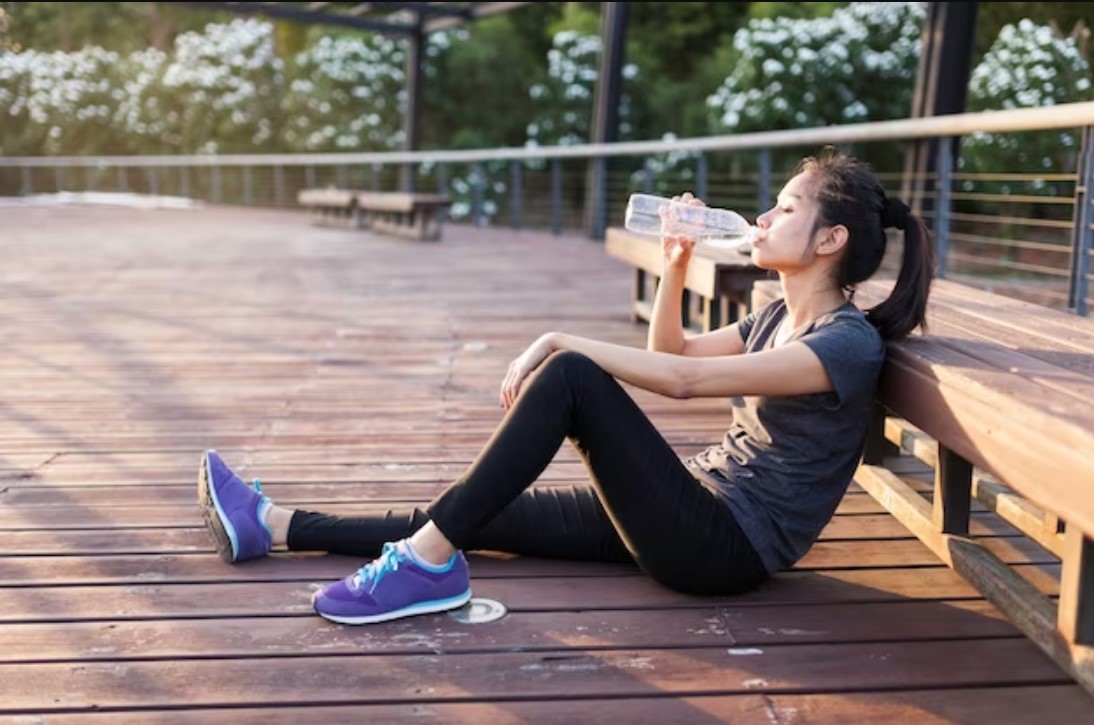Probiotics are live microorganisms known for their numerous health benefits when consumed appropriately. They can enhance gut health, promote mental well-being, prevent certain diseases, improve sleep quality, and alleviate allergic reactions. These benefits are achieved through various mechanisms, such as regulating the immune system, balancing intestinal pH, strengthening the intestinal barrier, enhancing gut microbial diversity, reducing inflammation, and combating pathogens.
Recently, the International Society of Sports Nutrition suggested that probiotics could enhance exercise performance and recovery, supporting athletes in meeting the demands of training and competition.
In addition to probiotics, postbiotics have garnered attention in healthcare due to their potential health-promoting properties. Postbiotics have a longer shelf life and are more resistant to environmental changes compared to live microorganisms.
According to the International Scientific Association of Probiotics and Prebiotics (ISAPP), postbiotics are defined as non-viable microbial preparations or their components that confer health benefits. Evidence suggests that postbiotics can positively affect gastrointestinal, dermatological, and respiratory health.
Different methods, such as heat treatment, sonification, chemical treatment, and UV irradiation, are used to produce postbiotics from live microorganisms. Each method and processing condition can affect the functionality of the resulting postbiotics.
Researchers conducted a systematic review of studies on postbiotic supplementation’s impact on exercise performance, recovery, and biomarkers related to muscle immune function, inflammation, and oxidative stress. Only peer-reviewed, randomized, double-blind, placebo-controlled trials involving healthy adults were included.
The review included 11 studies (nine peer-reviewed papers and two conference abstracts) with a total of 477 participants. The postbiotic supplementation periods ranged from 13 days to 12 weeks.
Some studies directly compared probiotic and postbiotic preparations of the same strains. For instance, studies on Lactiplantibaccilus plantarum TWK10, Lacticaseibacillus paracasei PS23, and Weizmannia coagulans GBI-30 6086 showed varying effects on exercise performance and recovery.
In one study, neither probiotic nor postbiotic preparations of Weizmannia coagulans GBI-30 6086 influenced the performance of healthy individuals in lower-body exercises. However, a study on Lacticaseibacillus paracasei PS23 found that both preparations reduced muscle damage and improved recovery and fatigue, with the postbiotic preparation showing greater strength recovery.
Another study on Lactiplantibaccilus plantarum TWK10 found that both probiotic and postbiotic preparations improved exercise performance, but the probiotic preparation was more effective in reducing glucose, lactate, and ammonia levels in response to exercise. Additionally, individuals supplemented with the postbiotic preparation showed increased inflammatory responses to exercise.
Studies on other postbiotic preparations, such as Weizmannia coagulans GBI-30 6086 and Lactiplantibaccilus plantarum TWK10, reported enhancements in lower body power, anti-inflammatory profiles, endurance performance, grip strength, muscle mass, natural killer cell activity, mood, antiviral responses, and reduction in upper respiratory tract infection symptoms.
In summary, postbiotics show promise in enhancing exercise performance, recovery, and various health markers, although further research is needed to understand their full potential.


